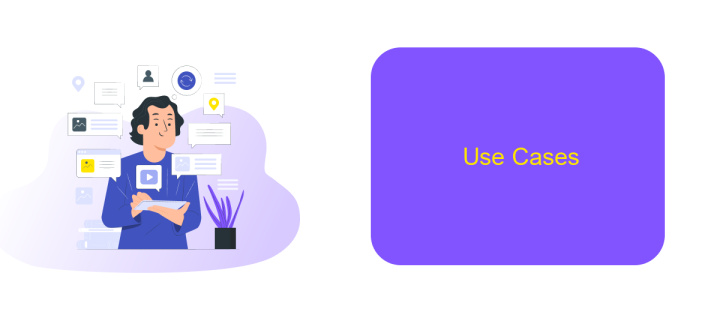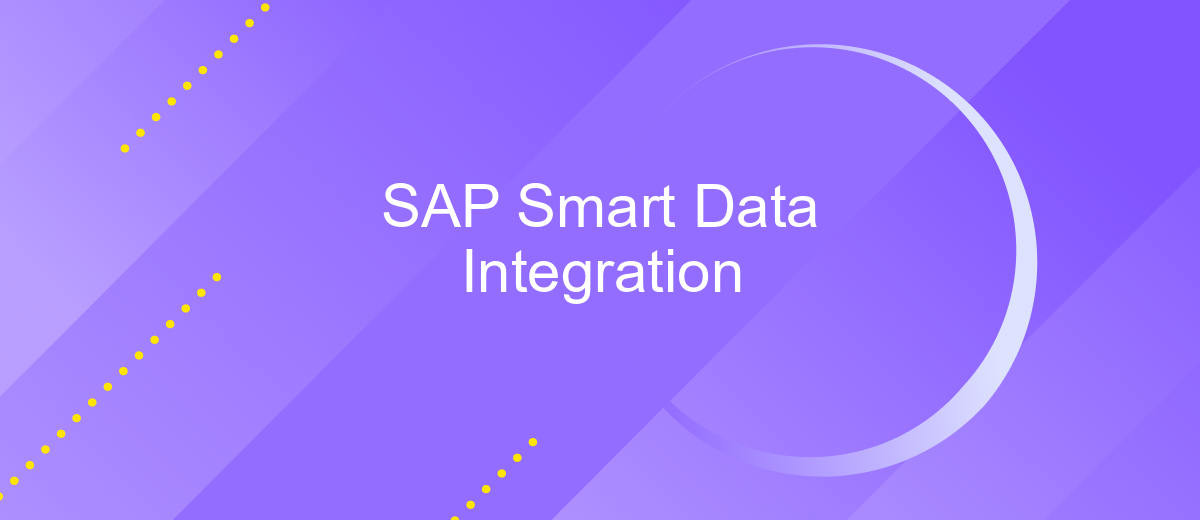SAP Smart Data Integration
SAP Smart Data Integration (SDI) is a powerful tool designed to streamline and enhance data integration processes across diverse systems. By enabling real-time data synchronization and transformation, SDI empowers businesses to make informed decisions with up-to-date information. This article explores the key features, benefits, and practical applications of SAP SDI, emphasizing its role in modern data management strategies.
Introduction
SAP Smart Data Integration (SDI) is a powerful tool that enables organizations to efficiently manage and integrate data from various sources into their SAP environments. By leveraging SDI, businesses can ensure seamless data flows, real-time updates, and robust data governance, which are critical for making informed decisions and maintaining competitive advantage.
- Real-time data replication
- Support for diverse data sources
- Enhanced data quality and governance
- Scalable and flexible integration
To further streamline the integration process, services like ApiX-Drive can be utilized. ApiX-Drive offers a user-friendly platform to automate data transfers between applications without requiring extensive technical expertise. This integration service complements SAP SDI by simplifying the setup and management of data flows, ensuring that businesses can focus on their core activities while maintaining seamless data connectivity.
Key Features

SAP Smart Data Integration offers a comprehensive set of features designed to simplify and enhance data integration processes. One of its key capabilities is real-time data replication, which ensures that data is consistently up-to-date across various systems. This feature is particularly useful for organizations that need to maintain synchronized data in a dynamic environment. Additionally, SAP Smart Data Integration supports a wide range of data sources, including databases, cloud services, and on-premises applications, making it a versatile solution for diverse data landscapes.
Moreover, the platform provides robust data transformation tools that enable users to cleanse, enrich, and format data according to their specific needs. These tools are essential for ensuring data quality and consistency. For those looking to streamline their integration processes, services like ApiX-Drive can be beneficial. ApiX-Drive offers an intuitive interface for setting up integrations with minimal coding, allowing users to connect various applications and automate workflows effortlessly. Together, SAP Smart Data Integration and ApiX-Drive deliver a powerful combination for efficient and reliable data management.
Benefits

SAP Smart Data Integration (SDI) offers a robust solution for seamless data integration across various systems and platforms. By enabling real-time data access and transformation, businesses can ensure that their decision-making processes are based on the most current and accurate data available.
- Real-time Data Access: SDI provides real-time access to data, ensuring that businesses always work with the most up-to-date information.
- Scalability: The platform is designed to scale with your business, handling increasing volumes of data and more complex integration scenarios effortlessly.
- Flexibility: With support for various data sources and formats, SDI offers unparalleled flexibility in how data is integrated and utilized.
- Enhanced Data Quality: By automating data cleansing and transformation processes, SDI helps maintain high data quality standards.
- Cost Efficiency: Reducing the need for manual data handling and minimizing errors, SDI contributes to significant cost savings.
For businesses looking to streamline their integration processes further, services like ApiX-Drive can be invaluable. ApiX-Drive simplifies the setup and management of integrations, allowing companies to connect various applications and automate workflows without extensive technical expertise. By leveraging both SAP SDI and ApiX-Drive, organizations can achieve a highly efficient and reliable data integration environment.
Use Cases

SAP Smart Data Integration (SDI) is a powerful tool that enables seamless data integration across diverse systems and platforms. It helps organizations streamline their data workflows, ensuring timely and accurate data transfer. With SDI, businesses can connect various data sources, including on-premise and cloud-based systems, to create a unified data environment.
One of the primary use cases for SAP SDI is real-time data replication. This capability is essential for maintaining up-to-date information across different systems, which is crucial for decision-making processes. Additionally, SDI supports complex data transformations, allowing businesses to manipulate and enrich data as it moves between systems.
- Real-time data replication for consistent and current data across systems.
- Data migration during system upgrades or cloud transitions.
- Integration of disparate data sources for comprehensive analytics.
- Data synchronization between on-premise and cloud environments.
- Automated data workflows to reduce manual intervention and errors.
Another significant use case is the integration of third-party services like ApiX-Drive. ApiX-Drive facilitates the automation of data workflows by connecting various applications and services, reducing the need for manual data handling. By leveraging ApiX-Drive with SAP SDI, organizations can enhance their data integration processes, ensuring smoother and more efficient operations.
- Automate the work of an online store or landing
- Empower through integration
- Don't spend money on programmers and integrators
- Save time by automating routine tasks
Conclusion
SAP Smart Data Integration offers a robust solution for businesses looking to streamline their data management and integration processes. By leveraging its powerful features, companies can achieve seamless data integration, real-time data replication, and enhanced data quality. This ensures that decision-makers have access to accurate and timely information, which is crucial for maintaining a competitive edge in today's fast-paced business environment.
Additionally, integrating external services like ApiX-Drive can further enhance the capabilities of SAP Smart Data Integration. ApiX-Drive simplifies the process of connecting various applications and automating workflows, making it easier to manage complex integration scenarios. By combining the strengths of SAP Smart Data Integration with ApiX-Drive, businesses can achieve a more cohesive and efficient data ecosystem, ultimately driving better business outcomes and operational efficiency.
FAQ
What is SAP Smart Data Integration (SDI)?
How does SDI handle data transformation?
What are the key benefits of using SAP SDI?
Can SAP SDI integrate with non-SAP systems?
How can businesses automate the configuration and management of SDI integrations?
Time is the most valuable resource for business today. Almost half of it is wasted on routine tasks. Your employees are constantly forced to perform monotonous tasks that are difficult to classify as important and specialized. You can leave everything as it is by hiring additional employees, or you can automate most of the business processes using the ApiX-Drive online connector to get rid of unnecessary time and money expenses once and for all. The choice is yours!


